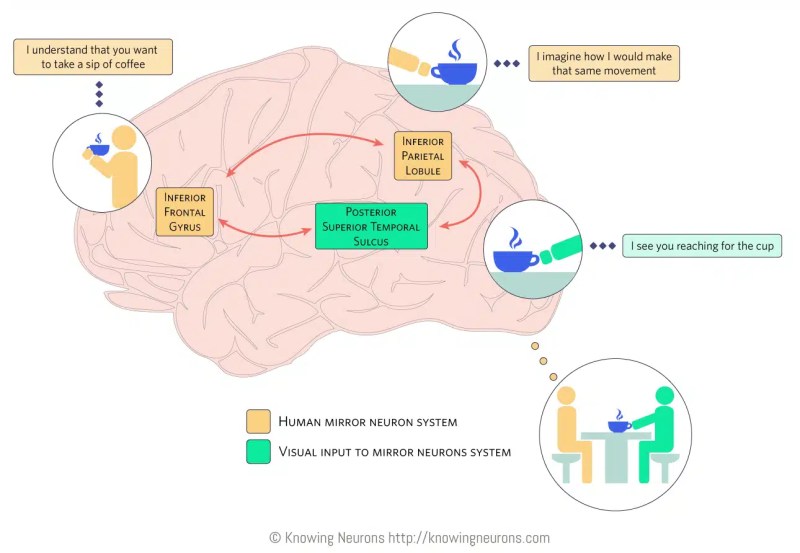Understanding Block Mirror: How It Works And Its Implications

Table of Contents
How Block Mirror Works
Block Mirror technology operates by creating an exact replica of a data block on a separate storage location. This process, known as replication, ensures that a backup copy is always readily available. The synchronization between the primary and mirrored blocks can occur in real-time or near real-time, depending on the specific implementation and chosen method. Underlying protocols, such as network protocols (e.g., TCP/IP) and storage protocols (e.g., iSCSI, NFS), govern the data transfer and synchronization processes.
Synchronization Methods
Several methods exist for synchronizing data in a Block Mirror setup:
-
Synchronous Replication: Every write operation to the primary storage is immediately replicated to the mirrored storage. This guarantees data consistency but can impact performance due to the wait time for confirmation.
-
Asynchronous Replication: Write operations are replicated to the mirror at intervals, offering faster write speeds on the primary storage but potentially leading to slight inconsistencies in case of a failure before replication is complete.
The choice between synchronous and asynchronous replication depends on the specific needs of the system. For applications requiring absolute data consistency, synchronous replication is preferred. Applications that prioritize write speed might opt for asynchronous replication, accepting the trade-off of potential minor inconsistencies. Technologies like SAN replication, NAS replication, and cloud-based object storage solutions often employ variations of Block Mirror synchronization techniques.
Data Consistency and Integrity
Maintaining data consistency and integrity in a Block Mirror environment is critical. Several mechanisms are employed to ensure this:
-
Checksums: These are used to verify data integrity after replication. If a checksum mismatch is detected, it indicates data corruption during the replication process.
-
Error Detection and Correction: Sophisticated error detection and correction codes are implemented to identify and repair corrupted data blocks during the replication process.
-
Versioning: Some Block Mirror solutions employ versioning to track changes and allow for rollback to previous versions if necessary.
Addressing potential data corruption requires proactive measures. Regular data integrity checks, robust error handling mechanisms, and the implementation of redundant storage arrays are crucial for maintaining the reliability of the Block Mirror system.
Benefits of Implementing Block Mirror
The adoption of Block Mirror technology yields several significant benefits:
Enhanced Data Protection
-
Disaster Recovery: In case of a primary storage failure, the mirrored storage seamlessly takes over, minimizing downtime and ensuring business continuity.
-
Data Loss Prevention: Block Mirror prevents data loss due to hardware failure, accidental deletion, or even ransomware attacks. The mirrored data remains unaffected, providing immediate recovery options.
-
Business Continuity: The high availability ensured by Block Mirror safeguards critical business operations, minimizing disruptions and maximizing productivity.
Imagine a financial institution experiencing a server crash. With Block Mirror in place, transactions can continue uninterrupted from the mirrored system, preventing significant financial losses and maintaining customer confidence.
Increased System Availability
-
Redundancy: The core principle of Block Mirror is redundancy, providing an immediate backup in case of primary storage failure.
-
Failover Mechanisms: Automated failover mechanisms ensure a seamless transition to the mirrored system in case of an outage.
-
High Uptime: Block Mirror drastically reduces downtime, resulting in increased system availability and improved business operations.
Industries such as healthcare, finance, and telecommunications heavily rely on systems with high uptime. Block Mirror becomes essential in these contexts, ensuring critical services remain operational.
Improved Performance
In certain scenarios, Block Mirror can improve performance:
-
Reduced Latency: By distributing read requests across multiple storage locations, latency can be reduced, leading to faster application response times.
-
Increased Throughput: Mirrored storage can handle more read requests simultaneously, increasing overall system throughput.
However, it's important to note potential performance trade-offs. The write operation speed can be affected depending on the synchronization method chosen (synchronous vs. asynchronous). Careful system optimization is crucial to maximize benefits and minimize any negative impacts on performance.
Challenges and Considerations of Block Mirror
While offering significant advantages, Block Mirror implementation comes with its own set of challenges:
Storage Costs
Maintaining duplicate storage for Block Mirror increases overall storage costs. Cost optimization strategies, such as utilizing less expensive storage tiers for mirrored data or employing cloud-based storage solutions, are crucial for managing these expenses.
Network Bandwidth Requirements
Real-time data synchronization requires substantial network bandwidth. Network optimization techniques, such as using dedicated high-bandwidth connections and implementing data compression, are essential to minimize bandwidth consumption.
Complexity and Management
Setting up and managing a Block Mirror system can be complex, requiring specialized skills and management tools. Proper planning, skilled personnel, and dedicated monitoring systems are necessary for successful implementation and maintenance.
Conclusion
Block Mirror stands as a powerful technology for building robust data protection strategies. It offers enhanced data protection through disaster recovery capabilities and data loss prevention, significantly improving system availability and, in certain scenarios, performance. While challenges related to storage costs, network bandwidth, and management complexity exist, the benefits often outweigh the drawbacks, especially for organizations that prioritize data security and business continuity. Understanding the implications of Block Mirror is crucial for businesses seeking robust data protection strategies. Learn more about Block Mirror solutions and improve your data protection with Block Mirror today. Explore the benefits of Block Mirror and build a more resilient infrastructure for your organization.

Featured Posts
-
 Military Discharge And Mental Health The Impact On Transgender Veterans
May 16, 2025
Military Discharge And Mental Health The Impact On Transgender Veterans
May 16, 2025 -
 La Ligas Anti Piracy Tactics Vercel Highlights Unaccountable Censorship Concerns
May 16, 2025
La Ligas Anti Piracy Tactics Vercel Highlights Unaccountable Censorship Concerns
May 16, 2025 -
 Watch Former Nfl Qb Makes Casual Catch Of Max Muncys Fly Ball In Japan
May 16, 2025
Watch Former Nfl Qb Makes Casual Catch Of Max Muncys Fly Ball In Japan
May 16, 2025 -
 Public Trust And Evanston Tap Water The Influence Of Demographics And Personal Histories
May 16, 2025
Public Trust And Evanston Tap Water The Influence Of Demographics And Personal Histories
May 16, 2025 -
 Ai Therapy A New Form Of Surveillance In A Police State
May 16, 2025
Ai Therapy A New Form Of Surveillance In A Police State
May 16, 2025
